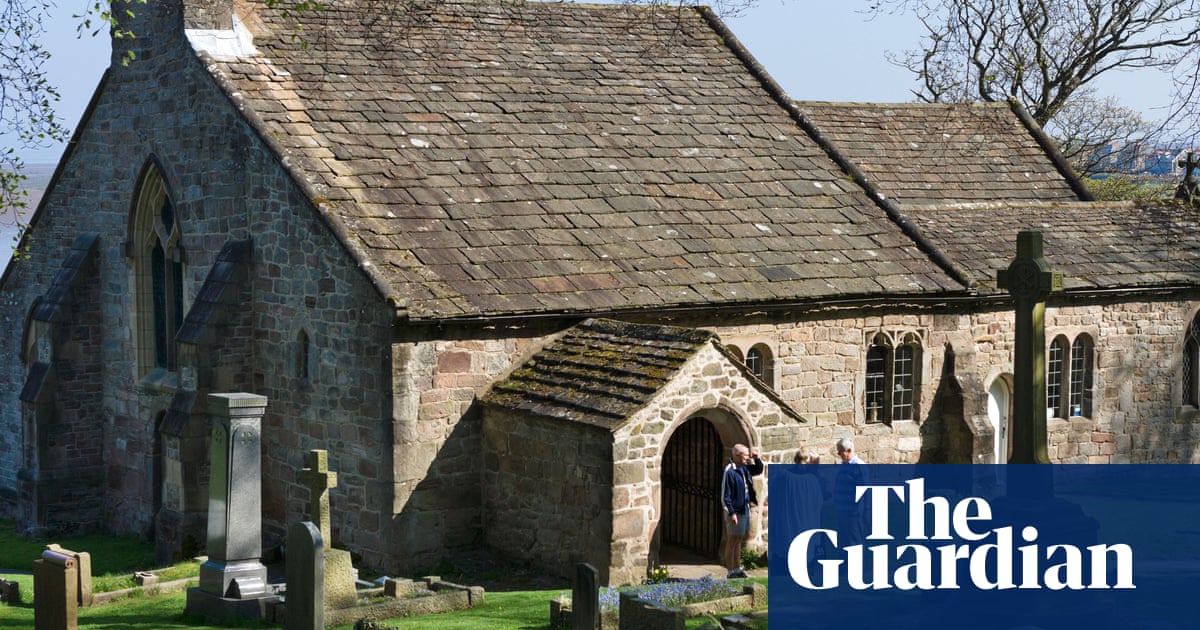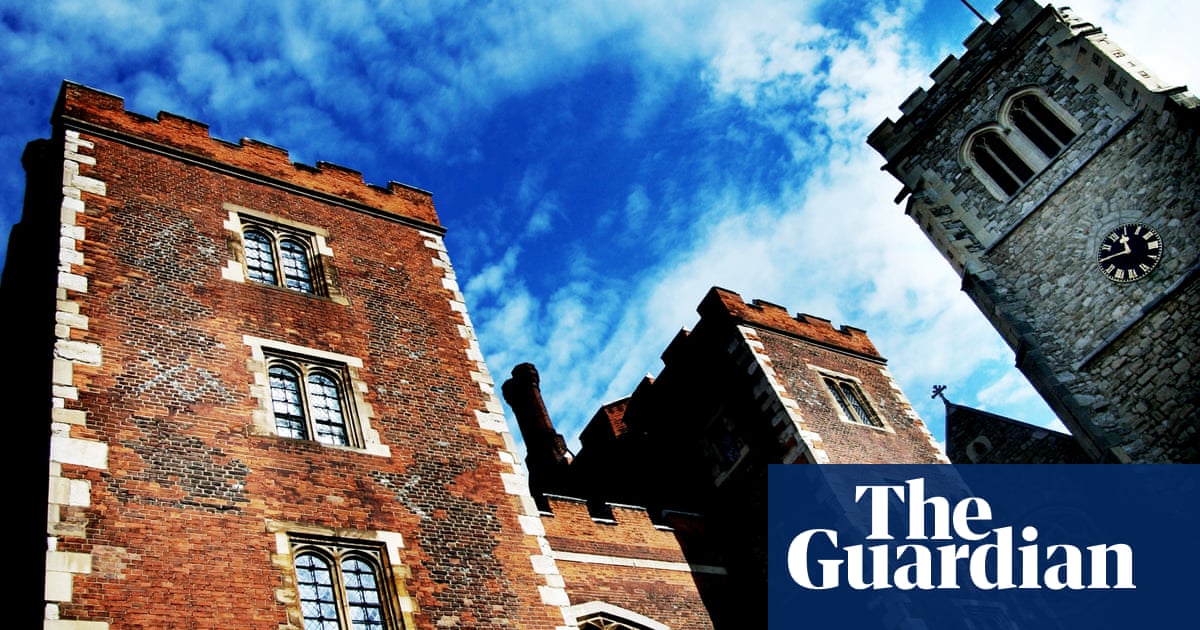
The archbishop of Canterbury has spoken of the work to address the Church of England’s historic links to chattel slavery on a trip to Jamaica, as archive research reveals that the slave trader Edward Colston left a bequest in the 18th century to the church’s missionary arm.
Justin Welby is on a three-day visit to the West Indies to commemorate the 200th anniversary of the diocese of Jamaica and the Cayman Islands. He said a £100m fund set up by the church would be used to benefit communities “which still bear the scars” from slavery.
The Church Commissioners, the body that manages the church’s financial assets, published a report in January last year on its links to chattel slavery, via the Queen Anne’s Bounty, a fund used to supplement the income of the clergy.
The Observer revealed in May that an archbishop of Canterbury in the 18th century, Thomas Secker, approved payments for the purchase of enslaved people on sugar plantations in Barbados owned by the church’s missionary arm, the Society for the Propagation of the Gospel in Foreign Parts (SPG).
The Observer has now established that Edward Colston left a bequest of £300 (equivalent to more than £54,000 in today’s money) to Archbishop William Wake and other high Anglican figures within the SPG.
Colston’s will in 1721 stated: “I give to the President and Governors of the Incorporated Society for the Propagation of the Gospel in Foreign Parts Three Hundred pounds for the promotion and better carrying on that pious work and design.”
Colston, who was a wealthy merchant, is one of Britain’s most notorious slave traders and his statue was toppled from its plinth in Bristol in June 2020 and pushed into the docks.
The statue went on display at the city’s M Shed museum in March this year among other exhibits about the history of protest.
The work of the SPG included its ownership of the Codrington sugar plantations in Barbados, which had been left to the society by Christopher Codrington, a colonial administrator and plantation owner.
His will stipulated the plantations should be maintained and “continued entire with three hundred negros at least kept always thereon”.
The Codrington plantations’ accounts for 1731, which are held in the society’s archive at the Bodleian Library, Oxford, show that “a new iron collar for a Negro” was manufactured on site at the Codrington estate and sold.
On 1 May 1731, two shillings were paid for this by “Thomas Hayes, a farrier”.
Purchases of enslaved persons were repeatedly approved by the society in the 18th century, with the incumbent archbishop of Canterbury acting as society president.
These include payments approved by Secker in 1758 and 1760.
Purchases of enslaved persons were also made by the society in the 1720s and 1730s when Archbishop Wake was president.
In the 1830s the SPG was paid £8,558 in compensation by the British government for the loss of its human “property” in Barbados when chattel slavery ended in the British empire with the 1833 Abolition Act.
Nothing was paid to people who had been enslaved.
Robert Beckford, professor of social justice at the University of Winchester, said: “The gift demonstrates the entanglement of [the SPG] with the dreadful Colston history.”
During his stay in Jamaica this weekend, Welby is due to receive an honorary doctorate of law from the University of the West Indies.
Beckford said he was concerned that an honorary degree from the university suggested it was a case of “job done” on reparations, rather than “needs to be better”.
Church of England officials said it had been previously acknowledged that Colston had been a benefactor to the Queen Anne’s Bounty and they welcomed new research from the archives.
Officials say they are committed to a programme of work examining the church’s historic links to chattel slavery and will be transparent about its findings.












